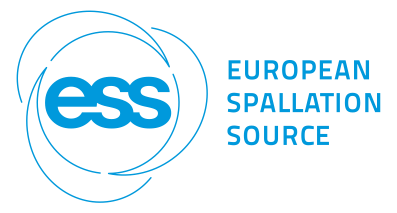Speaker
Esben Klinkby
(DTU)
Description
At ESS it is necessary to operate water loops for the thermal moderators and for
the cooling of the beryllium- and the steel reflectors. The water in each of these
components is exposed to a very high level of radiation. This cause the water and
impurities therein to be activated and in this work the measures for safe handling
of the return water are investigated.
Immediately after exiting the target monolith 16 N ( 16 O(n,p) 16 N) with a 7s half-life is
the most challenging radioisotope, due the combination of it's high abundance
and hard gammas (up to 7 MeV). To reduce the shielding requirements
downstream the water loop, delay tanks are foreseen and results are presented
showing the implications on the radiation environment depending on the choice of
location and size of these tanks.
Before returned to target monolith about 10% of the water is led to ion
exchangers, where long lived radioisotopes, such as 7 Be build up. These
components are located in a room where regular maintenance is expected and
results are shown targeted to define the shielding measures which must be
implemented for safe handling.
The methodology used to derive the results include MCNPX and CINDER'90 and
will detailed in the presentation
Author
Esben Klinkby
(DTU)
Co-authors
Björn Eriksson
(European Spallation Source ERIC)
Günter Muhrer
(European Spallation Source ERIC)
Dr
Håkan Carlsson
(European Spallation Source ESS AB)
